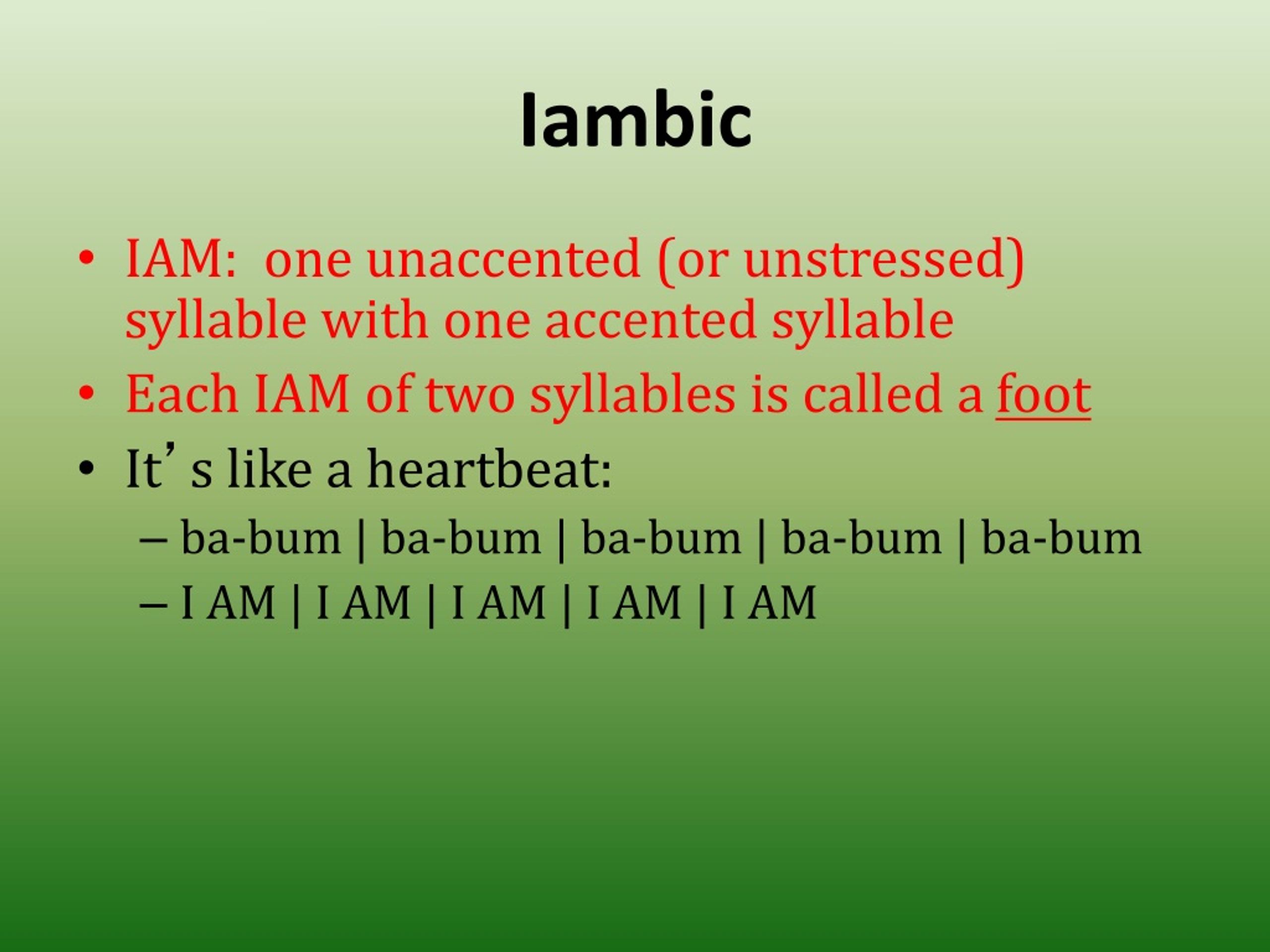

To find out what iambic pentameter is and how it is used, watch the following TedEd video: Why Shakespeare loved iambic pentameter.

Rhythm: There are many different rhythmic patterns in poetry, but Shakespeare is most famous for using iambic pentameter. Rhyme scheme: Using the letters a to g, identify the rhyme scheme of the poems. Go through the sonnets and identify the different stanzas.

Structure: The Shakespearean Sonnet is divided into four stanzas: three quatrains and a couplet. 'Fool,' said my Muse to me, 'look in thy heart, and write.Go through Sonnet 18 and Sonnet 130 again and compare their structure, rhyme scheme, and rhythm. Thus great with child to speak and helpless in my throes,īiting my truant pen, beating myself for spite, Invention, Nature's child, fled step-dame Study's blows Īnd others' feet still seem'd but strangers in my way. Some fresh and fruitful showers upon my sunburn'd brain.īut words came halting forth, wanting invention's stay

Oft turning others' leaves, to see if thence would flow Studying inventions fine her wits to entertain, I sought fit words to paint the blackest face of woe Knowledge might pity win, and pity grace obtain,. Pleasure might cause her read, reading might make her know, That she, dear she, might take some pleasure of my pain,. "Loving in truth, and fain in verse my love to show, "Astrophil and Stella 1," the first of 108 sonnets and songs in Philip Sidney's set, creates the opening scene for this love story. Even though Shakespeare did not invent this sonnet style, he was among the most prolific, writing 154 in his lifetime. Other notable authors include Michael Drayton, Fulke Greville, and, of course, William Shakespeare. Published in 1591, the sonnet set "Astrophil and Stella" by Sir Philip Sidney established the form of the English sonnet.


 0 kommentar(er)
0 kommentar(er)
